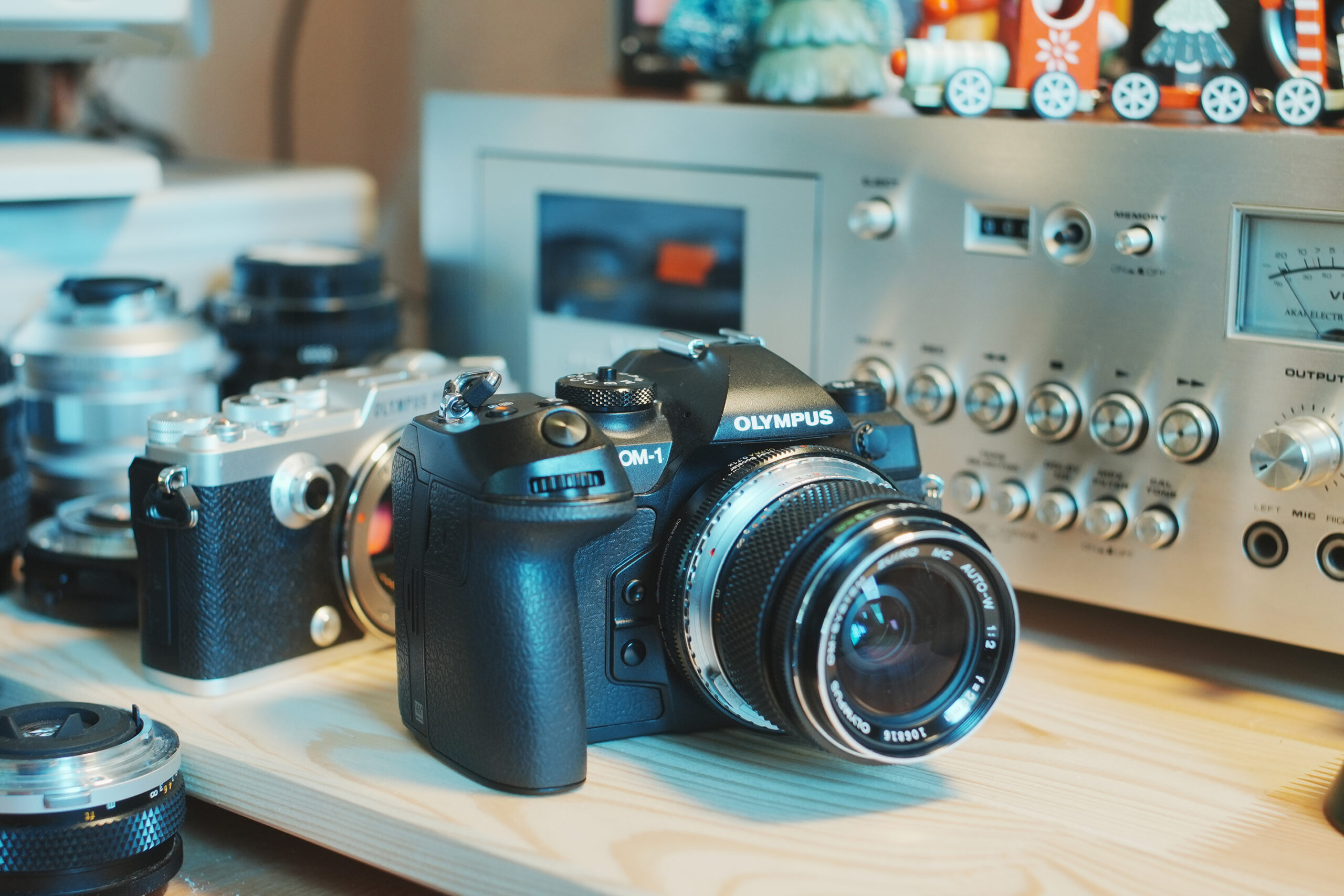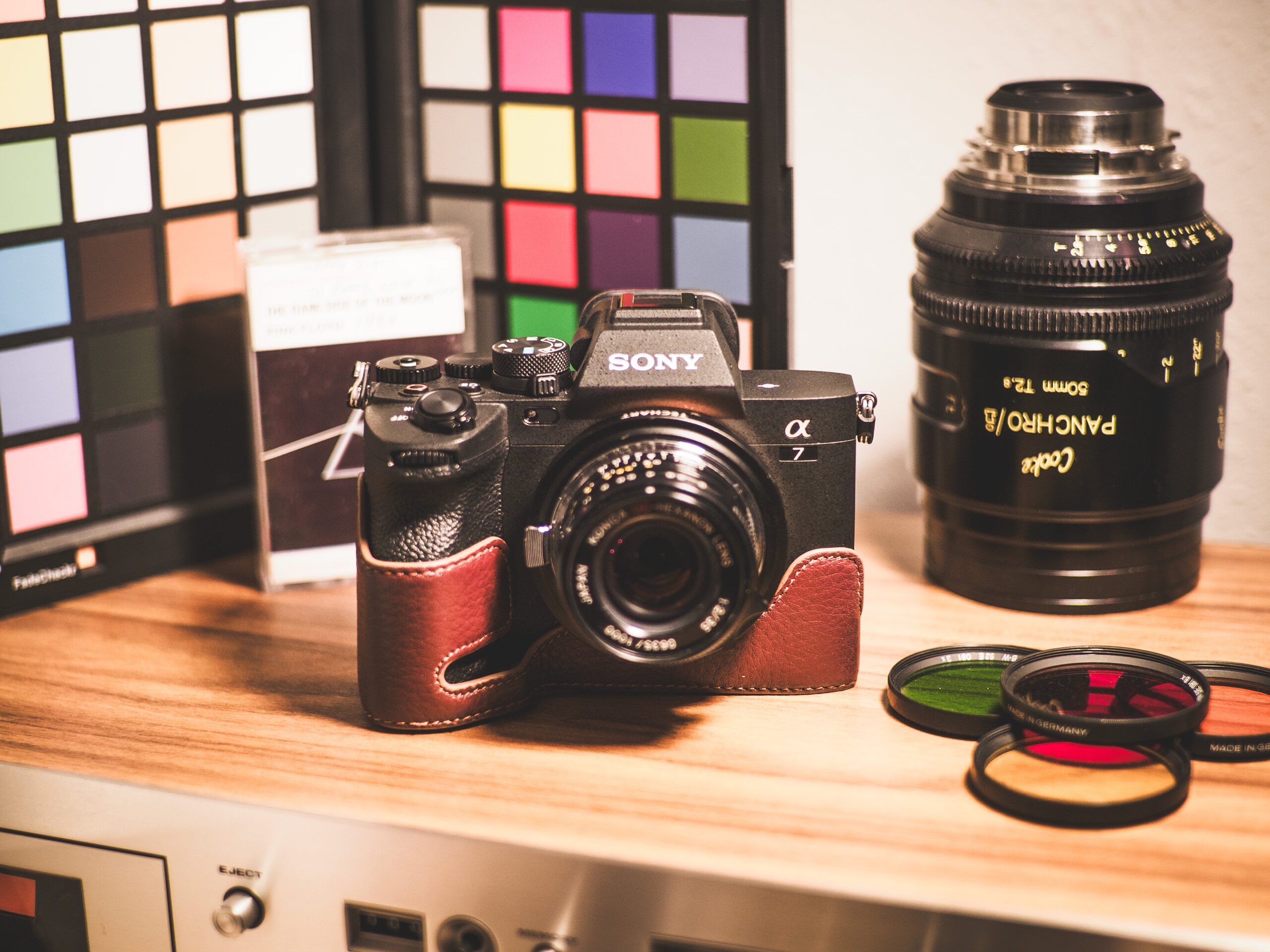The Olympus OM-1 goes full frame OM
Olympus never gave us a digital full frame camera. It’s one of the biggest regrets of the camera industry. However they did leave us with this… the final Olympus Micro Four Thirds camera.
I have just fitted a Metabones Speed Booster with Olympus OM SLR lenses to my OM-1, be it video or stills, this camera is not just underrated but a powerhouse of good design and good images.
Here is my tribute to the final camera to bear the Olympus badge.
The Canon EOS R6 Mark III trails the Sony a7 V dynamic range by 2 stops but nobody can find the images
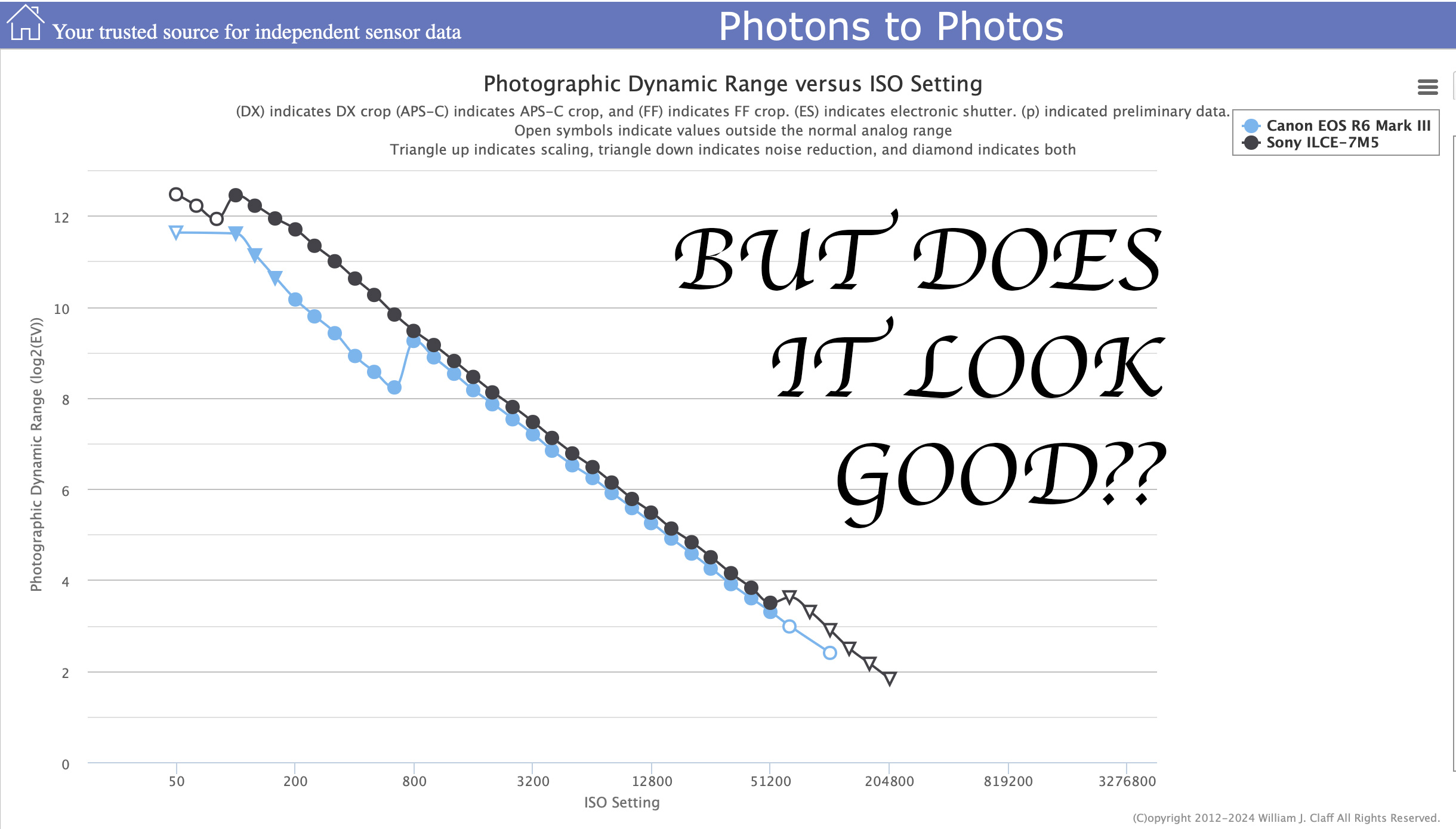
Aren’t you sick and tired of nerds? They have done so much damage to life on earth. Men and women used to make love, they used to raise families and build amazing industries, now all people can do is bicker about how many stops dynamic range a Canon and Sony has.
Sony say it is 15 stops. Is the 15 stops in the room with us right now? Is the shadow realm noisy?
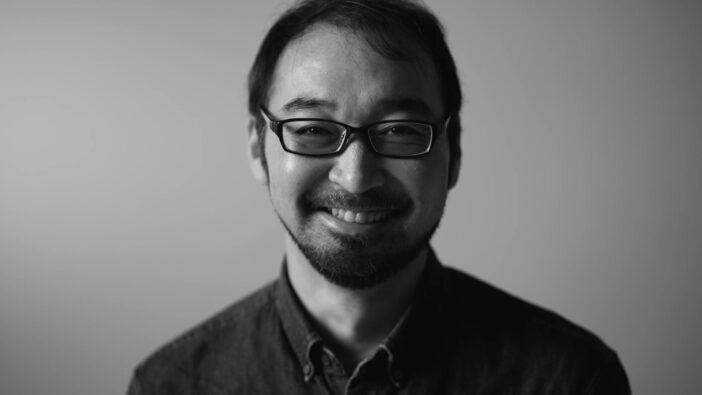
Interview with Panasonic’s Masanori Koyama – Product Planner for the GH6
Masanori Koyama joined Panasonic in 2002. After a career as a hardware engineer, Koyama san is currently in charge of product planning for LUMIX in Imaging Business Unit in Japan. He has been in charge of product planning
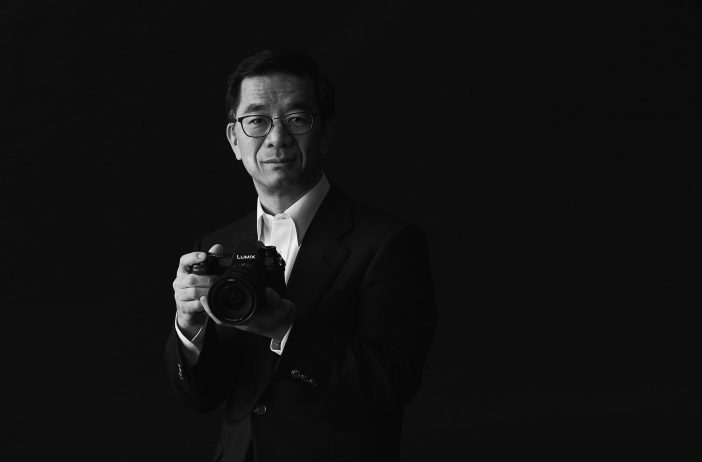
An EOSHD Interview with Yosuke Yamane – Are Panasonic working on an L-mount cinema camera?
I recently had the opportunity to ask Yosuke Yamane-san some questions about the current and future Panasonic line-up, including the upcoming GH6 and how Panasonic can continue to build on the success of the S1,

EOSHD Podcast Episode 2 – An interview with Michael Moore’s producer, Jeff Gibbs about their new film “Planet Of The Humans”
In Episode 2 of The EOSHD Podcast (Available now on Anchor and Spotify) I talk to Michael Moore’s producer Jeff Gibbs. Jeff’s film Planet Of The Humans is a documentary exploring the dangerous corporate co-opt
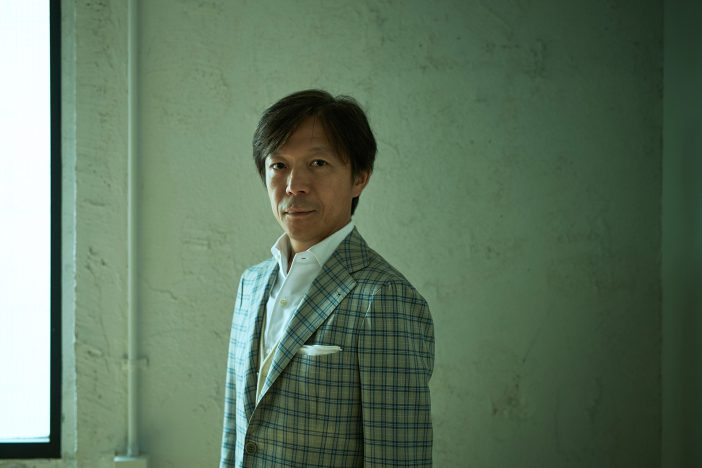
The EOSHD Interview – Kazuto Yamaki, CEO of Sigma and Takuma Wakamatsu, Sigma Fp Product Manager
I’d like to welcome Kazuto Yamaki, CEO of Sigma and the product manager of the Sigma Fp and Cinema lenses, Takuma Wakamatsu to the pages of EOSHD for this long interview! I have recently been
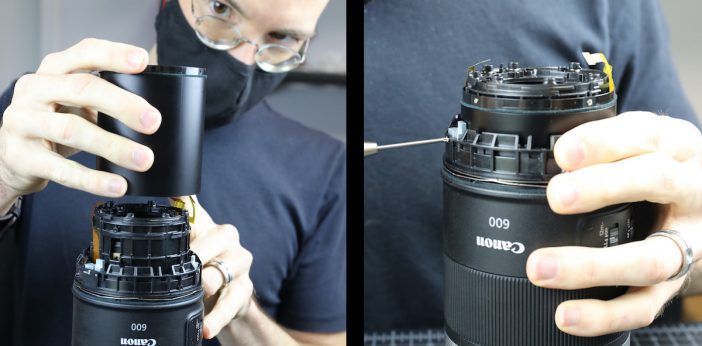
An interview with Roger Cicala of Lens Rentals on Canon RF 600mm teardown and more
I have been a long-time follower of Roger’s blog at Lens Rentals, which gives us not just a rare glimpse inside camera gear, but also an expert eye on construction quality, weather sealing and the
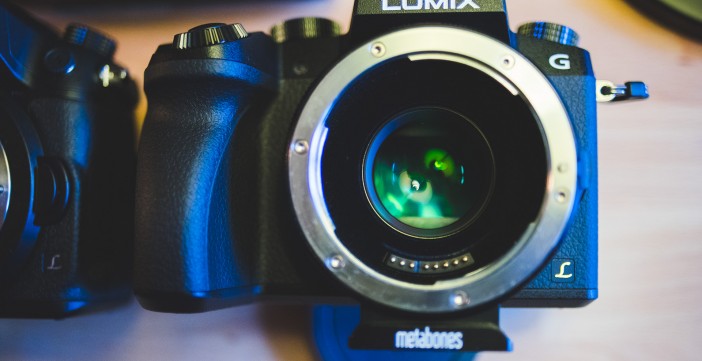
The Big EOSHD interview: Metabones lens adapters
Metabones recently announced the long-awaited Canon EF mount Speed Booster Ultra for Fuji X, which will be one of the must-have accessories for X-T4 owners. This will have support for phase-detect AF and incorporates Caldwell
Users are complaining OpenAI wreaked Sora 2. EOSHD takes a look at what happened…
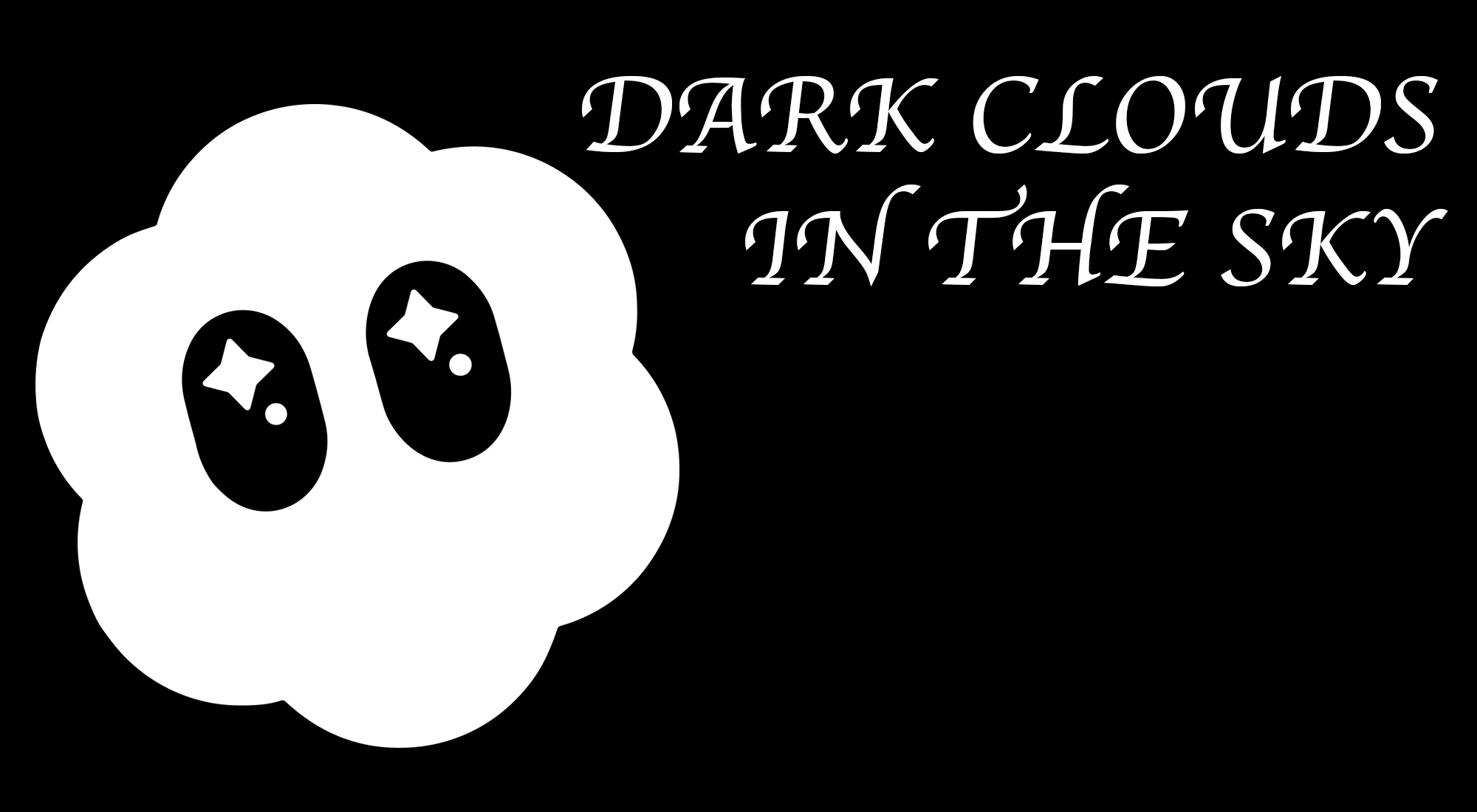 When Sora 2 was released (invite only), results were impressive. Investors were happy, users excited. Then, a strange thing happened.
When Sora 2 was released (invite only), results were impressive. Investors were happy, users excited. Then, a strange thing happened.
Sora began to buckle under load despite being invite only. In order to roll out Sora to all users, the technology looks to have been massively scaled back. Not only are users alleging OpenAI did this, the criticism is that they did so silently behind closed doors without elaborating. The results were clear. Overnight the quality of material generated by Sora 2 fell into the gutter like slop from a sausage machine.
EOSHD takes a look at what has been going on…
Why Sony is falling behind in video
With the Sony a7s IV nowhere to be seen, and a Sony FX2 with disappointing specs and an old sensor, Sony’s failure to go fully-in on video features have left users in the lurch. Now, with rival cameras like the Nikon Zr and Canon EOS R6 III offering so much more than an a7 V, for less money, Sony is building the perception that hybrid users and video shooters shouldn’t choose a Sony mirrorless camera.
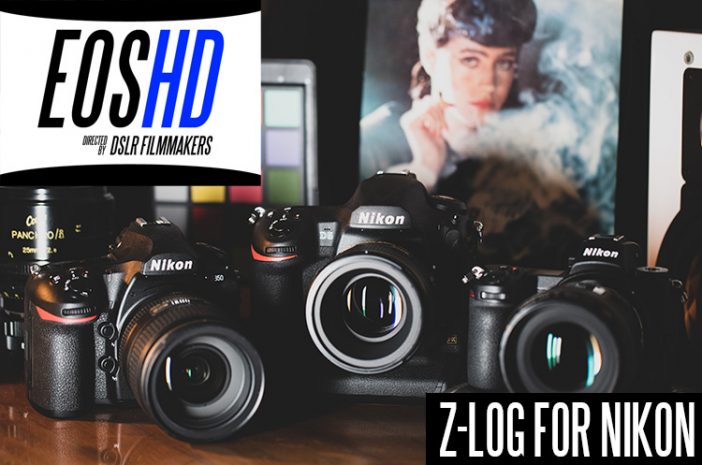
EOSHD Z-LOG – Add internal LOG recording to Nikon cameras
Introducing EOSHD Z-LOG An advanced LOG profile for internal video recording on Nikon cameras, Z-LOG allows you to record 4K video and 1080p in LOG format

EOSHD C-LOG profile for all Canon EOS R mirrorless cameras and DSLRs
The EOSHD C-LOG and Film Profiles Pack is now available and works in both video and stills mode – on all Canon DSLRs and mirrorless cameras.
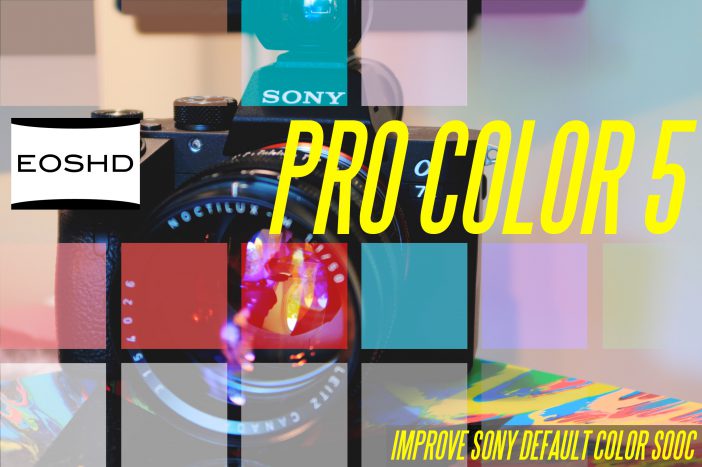
EOSHD Pro Color 5 – Improve Sony’s color science on all camera models // a7 IV // a7S III / FX3 / a7C II and more
EOSHD Pro Color 5 is an advanced colour science solution for Sony mirrorless cameras, including the new A7S III, resulting in better image quality, wider
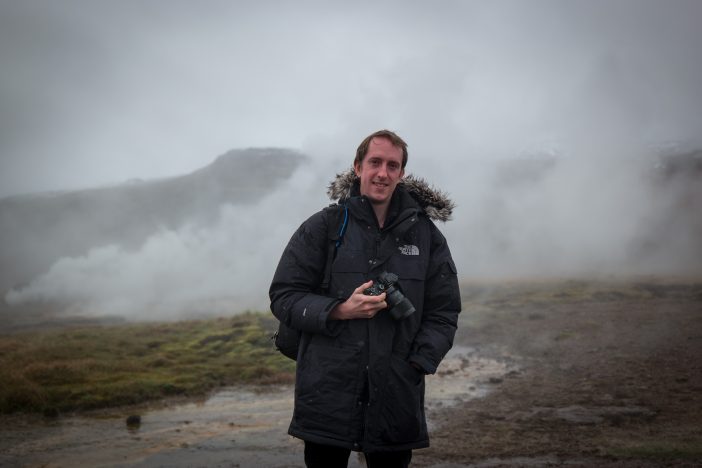
About EOSHD, Andrew Reid
EOSHD is the filmmaking blog of Andrew Reid Hello And welcome to the site. On EOSHD you can find my blog posts, opinions, reviews and
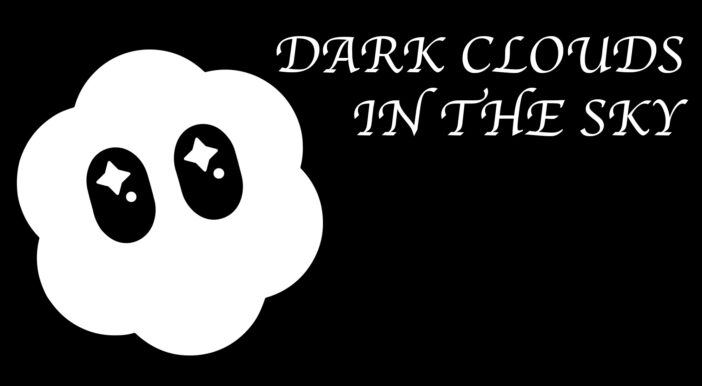
Users are complaining OpenAI wreaked Sora 2. EOSHD takes a look at what happened…
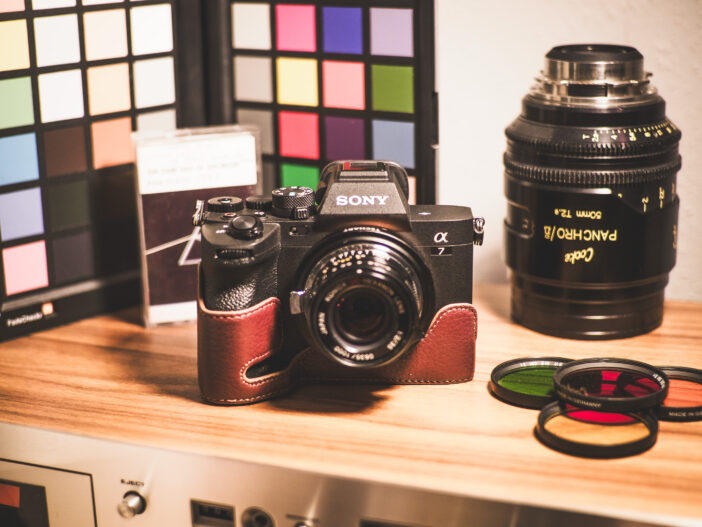
Why Sony is falling behind in video

OpenAI decides content is worth paying for – but only if it’s Disney’s
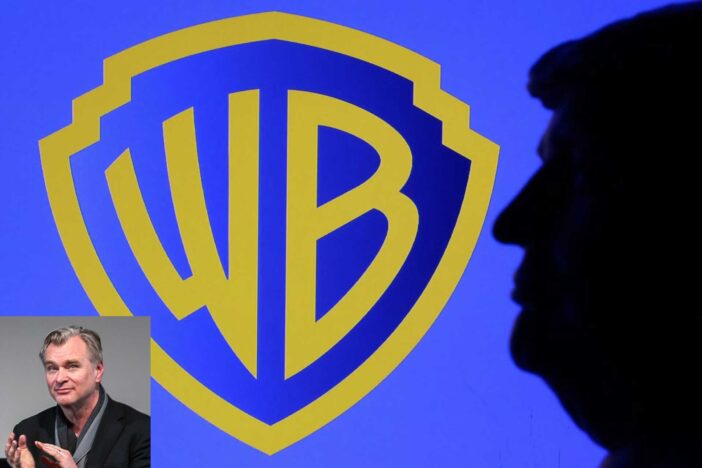
Warner Bros risk talent exodus over Trump-Ellison deal. Who will follow Christopher Nolan and jump ship next?

Sony a7V “negative online discourse” – why Sony are the new Canon




